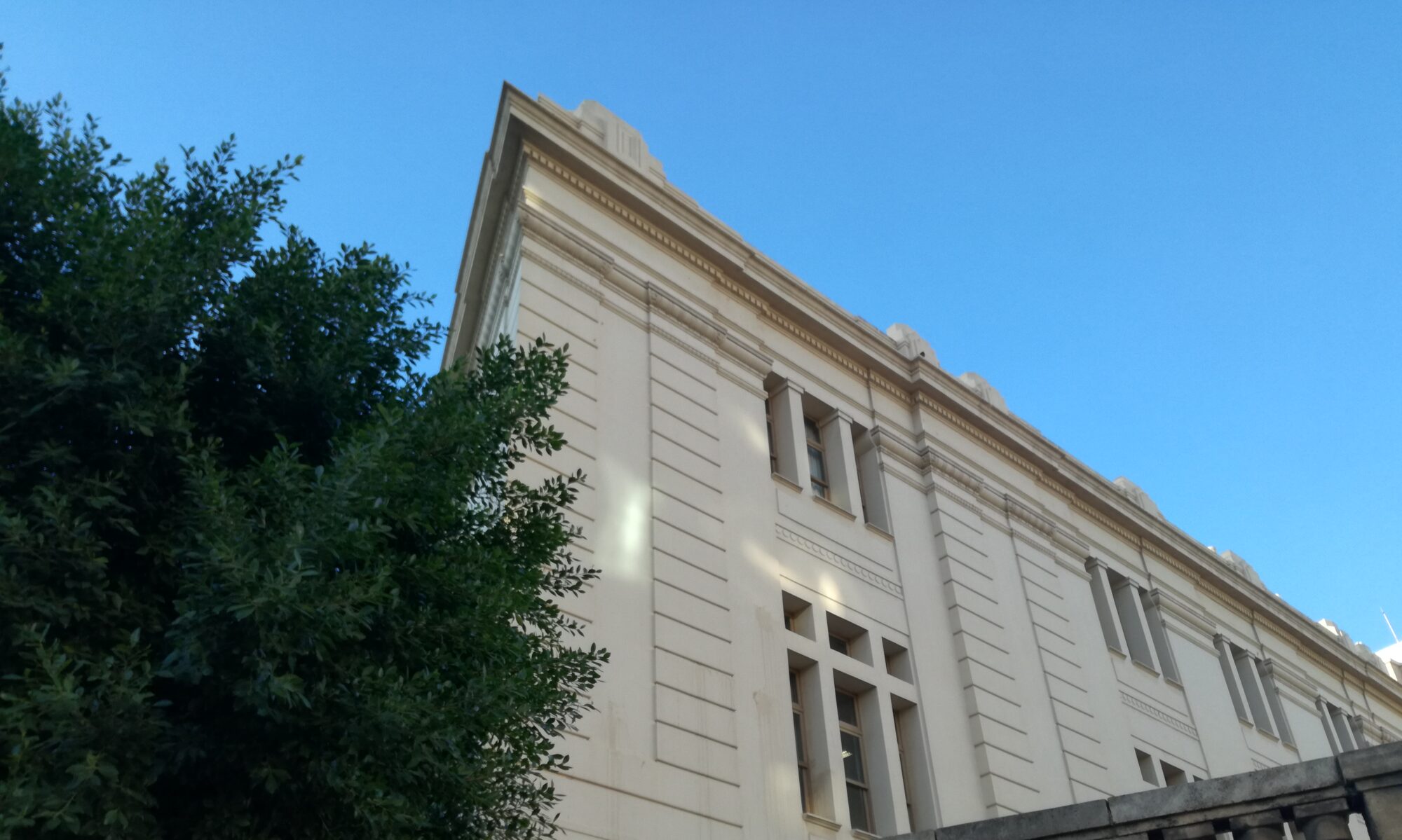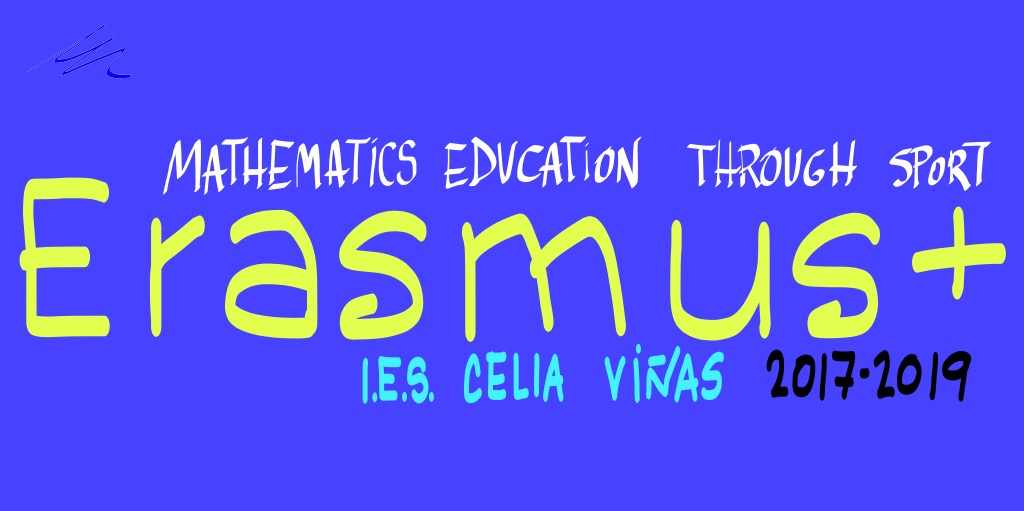As we said last Friday, these are the main activities to be done during the days without attendance to high school.
1. Check grammar and vocabulary from units 1 to 5 ( finish those workbook activities in unit 5 we haven’t done so far: pages 40,41,42,44).
2. Write compositions with the same topics of the five types of text we have practised (pages 97-101 workbook) and compare them with the reference text in those pages and then, try to improve your own version. It’s an optional activity for those who want to get better writing texts. When we come back you can show me those texts you have written.
3. We are going to read Notting Hill (Penguin Readers) in the third term so if you have the chance of reading it online or you have that book, you can advance work in these days when reading is essential.
During these days, we will also suggest some websites where you can keep on practising your English. The first one is …
https://learnenglishteens.britishcouncil.org/
And if you want to check what we have learnt recently (Future Forms) you can listen to this short story, revise grammar and do some online activities in this website:
https://learnenglishteens.britishcouncil.org/grammar/intermediate-grammar/future-forms
Keep in touch!



 Julia Raash
Julia Raash



